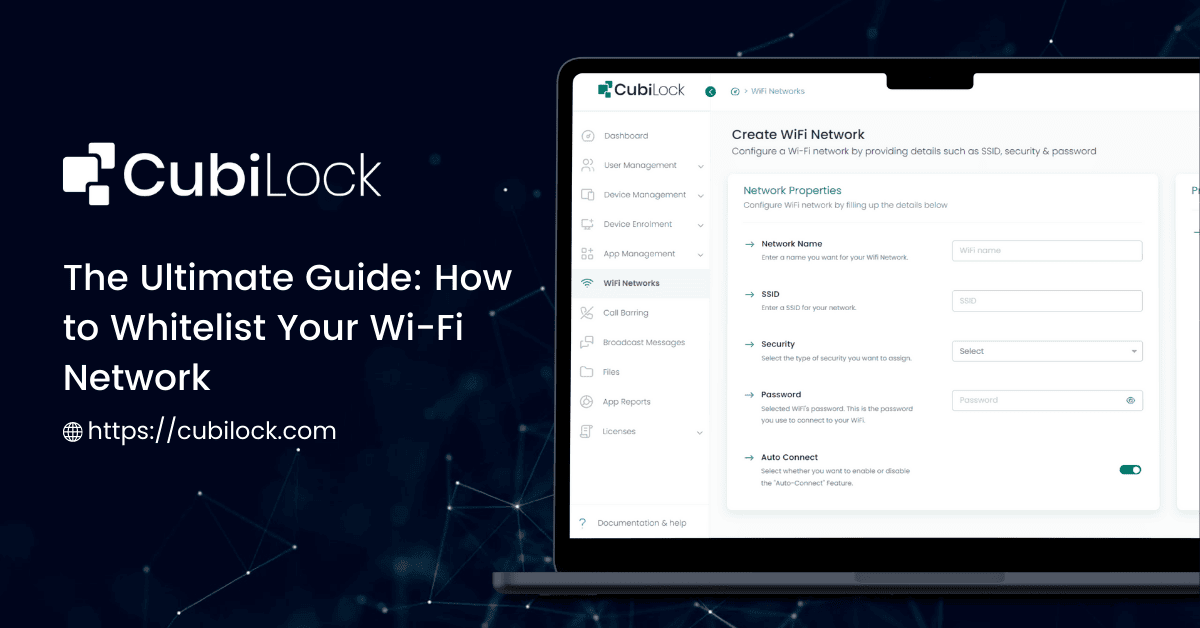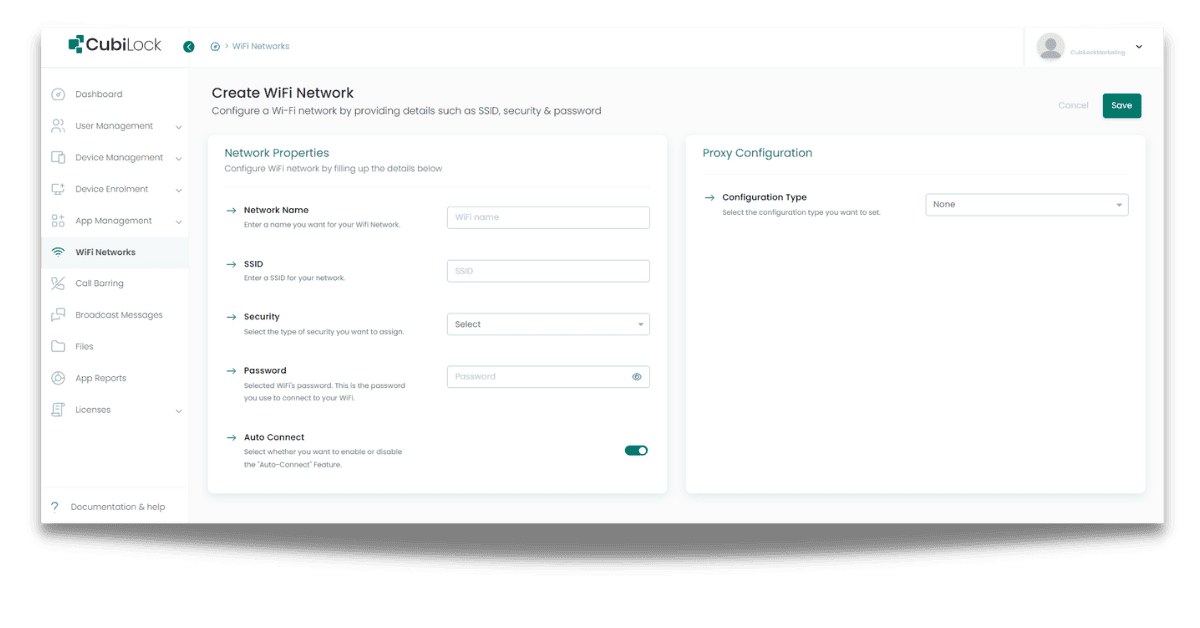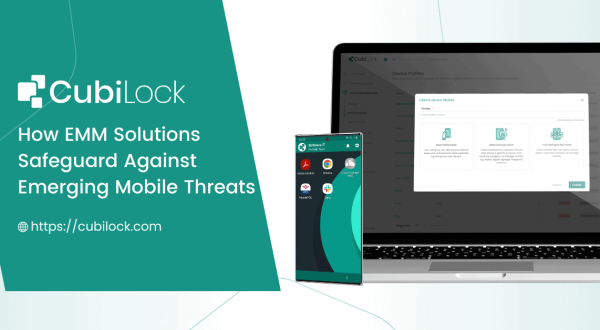The Ultimate Guide: How to Whitelist Your Wi-Fi Network
- June 9, 2023

In an increasingly connected world, securing your Wi-Fi network is of paramount importance. One effective method to enhance network security is through whitelisting. Whitelisting allows you to create a list of trusted devices that can access your Wi-Fi network while blocking unauthorized ones. In this ultimate guide, we will delve into the intricacies of whitelisting, step-by-step instructions for implementation, and explore its benefits for your network’s security.
Understanding Wi-Fi Whitelisting
It is crucial to understand what whitelisting means in the context of Wi-Fi networks. Whitelisting is a security feature that allows you to specify which devices are permitted to connect to your network. By creating a whitelist, you effectively create a barrier that prevents unauthorized devices from accessing your Wi-Fi, thereby reducing the risk of malicious attacks or unauthorized access. This is the reason why many IT administrators are implementing device management solution like CubiLock to easily whitelist WiFi while setting up the devices.
Benefits of Whitelisting
Implementing a Wi-Fi whitelist provides several benefits for your network security. Firstly, it strengthens your network’s defense by ensuring that only trusted devices can connect. This helps prevent unauthorized access, such as attempts by hackers or intruders trying to exploit vulnerabilities. Secondly, it minimizes the risk of bandwidth theft, ensuring that your network resources are available for authorized devices. Lastly, whitelisting can also provide better control and management of your network, allowing you to keep track of connected devices and monitor their activity.
How to Whitelist WiFi from CubiLock Console:
Step 1: Login / Sign Up to the CubiLock Portal.
Step 2: On the MDM console, navigate to WiFi Networks in the left-hand corner.
Step 3: Click on +CREATE to add the WiFi network you wish to connect to.
Step 4: Fill in the WiFi information:
1. Name
2. SSID
3. Security ( WEP-PSK / WPA-PSK)
4. Password
Step 5: Click on Auto-Connect and Select SAVE to save all changes.

Issues Caused by Not Whitelisting Wi-Fi Based on Historical Data
Unauthorized access: According to a survey conducted by the Wi-Fi Alliance, around 34% of organizations experienced unauthorized access to their Wi-Fi networks. Without proper website whitelisting measures, attackers can exploit this vulnerability to gain unauthorized access to sensitive information or conduct malicious activities.
Man-in-the-Middle attacks: According to a report by Symantec, Wi-Fi networks without adequate security measures are susceptible to man-in-the-middle attacks. These attacks accounted for approximately 4% of all detected network-based attacks, indicating the significance of securing Wi-Fi networks against such threats.
Wi-Fi network abuse: A study by Wandera revealed that 32% of organizations experienced employees using corporate Wi-Fi for non-work-related activities. Without whitelisting, unauthorized users can exploit the network for illegal downloads, malware distribution, or engage in cyberattacks, potentially causing significant disruptions and legal consequences.
Rogue Wi-Fi networks: Research conducted by Kaspersky Labs found that nearly 22% of Wi-Fi networks analyzed had vulnerable settings, making them susceptible to rogue network attacks. Attackers can set up rogue networks with similar names, tricking users into connecting and exposing their data to interception or manipulation.
Data breaches: Verizon’s Data Breach Investigations Report highlighted that 80% of hacking-related breaches involved stolen or weak credentials. Without whitelisting, unauthorized users can easily gain access to Wi-Fi networks and compromise sensitive data, leading to data breaches and financial losses.
Conclusion
Whitelisting your Wi-Fi network is a powerful security measure that allows you to control and protect your network from unauthorized access. By following the step-by-step guide provided in this ultimate guide, you can implement whitelisting effectively. Remember to regularly update and maintain your whitelist as you add or remove devices from your network. With proper whitelisting and other security measures in place, you can enjoy a safer and more secure Wi-Fi network for yourself and your trusted devices.
By following this ultimate guide, you can successfully whitelist your Wi-Fi network and significantly improve your network’s security. Remember to stay vigilant and regularly update your whitelist as you add or remove devices from your network. With the right security measures in place, you can enjoy a safe and secure Wi-Fi experience.
Also read about Android Kiosk mode for business
Device Security Analyst, loves testing devices that are used for dedicated purposes.







